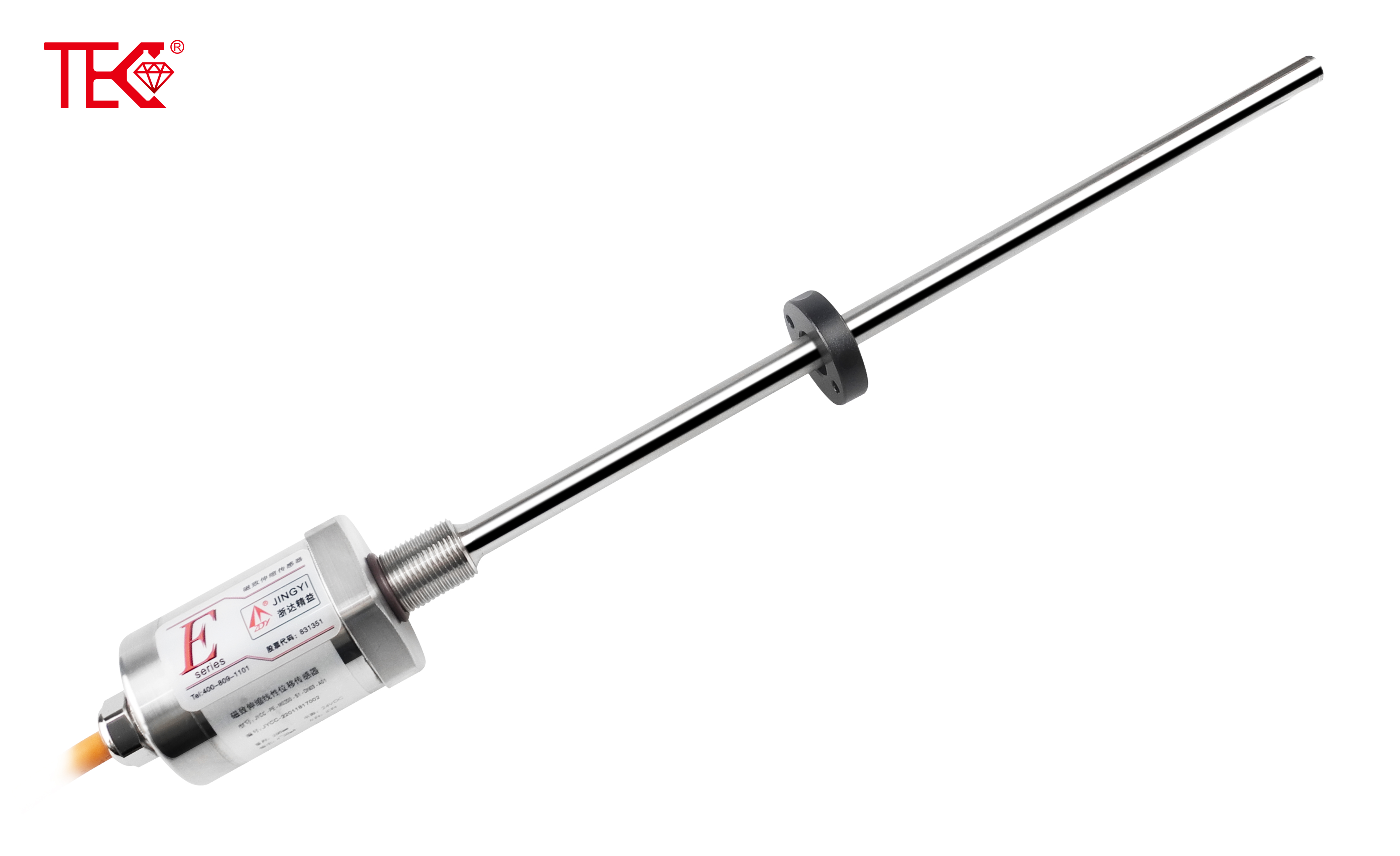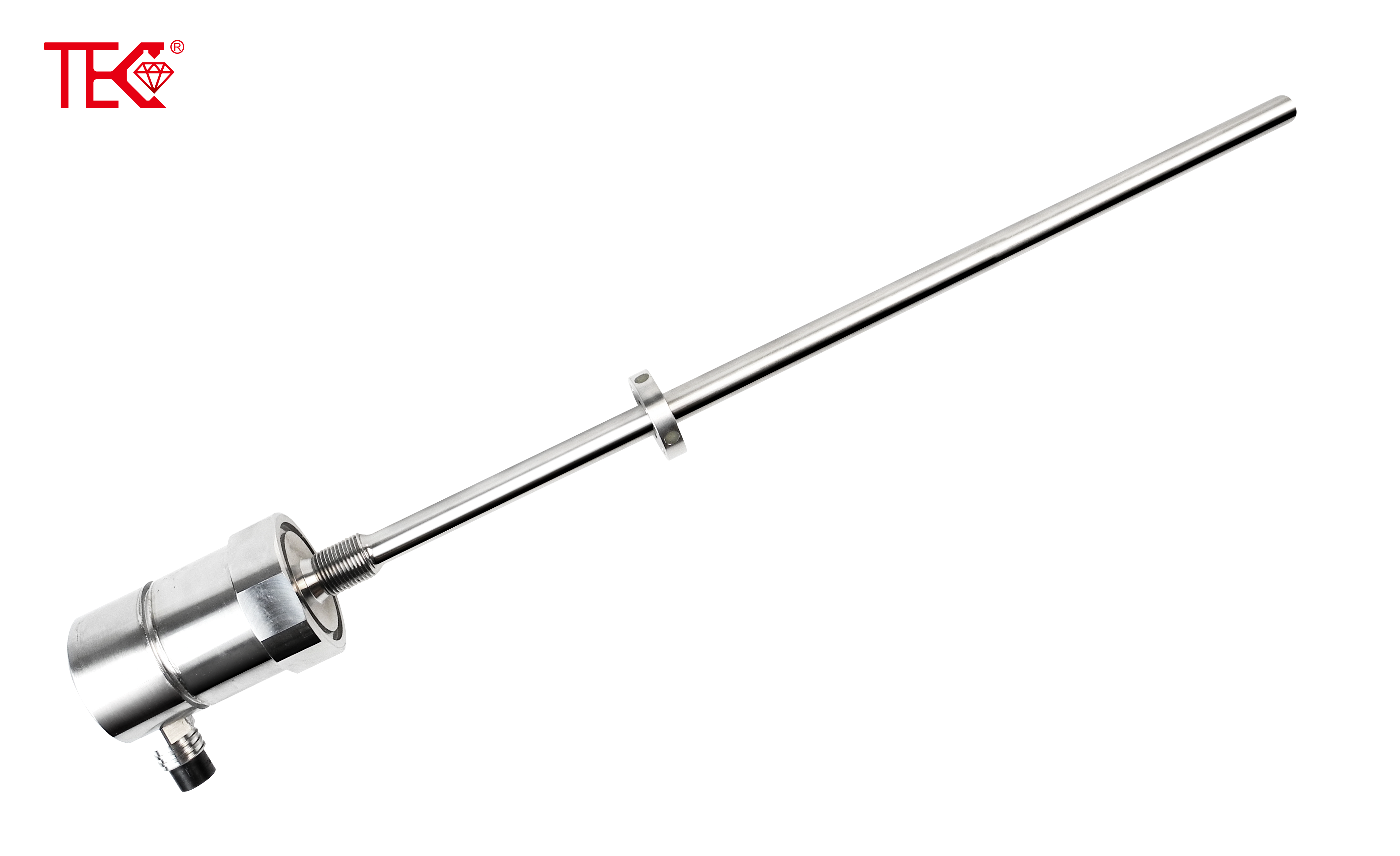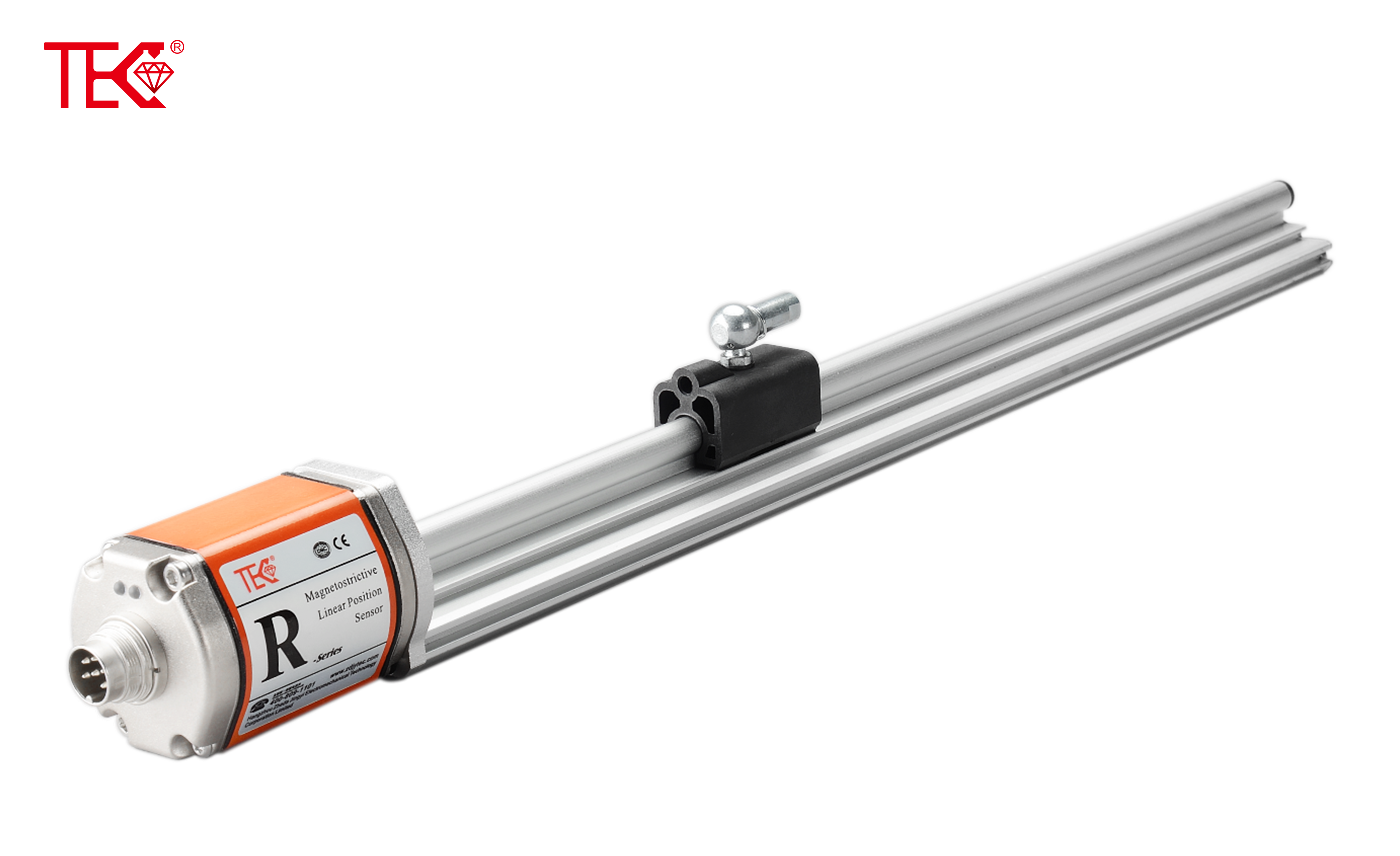Can Magnetostrictive Sensors Withstand Harsh Environmental Conditions?
**Can Magnetostrictive Sensors Withstand Harsh Environmental Conditions?**
**Introduction to Magnetostrictive Sensors**
Magnetostrictive sensors are sophisticated devices that rely on the magnetostrictive effect, a physical phenomenon where a magnetic material changes its shape in response to an applied magnetic field. These sensors are widely used in various applications, including position sensing, liquid level measurement, and vibration monitoring. Their precision and reliability have made them a staple in industrial automation and control systems.
**Challenges of Harsh Environmental Conditions**
Harsh environmental conditions pose significant challenges to the performance and durability of sensors. Extreme temperatures, high humidity, dust, and vibrations can all affect the functionality of sensors, leading to inaccuracies, malfunctions, or even complete failures. Magnetostrictive sensors, while designed for precision, must also demonstrate resilience in these adverse environments.
**Magnetostrictive Sensor Design for Harsh Environments**
The design of magnetostrictive sensors for harsh environments typically involves the use of specialized materials and protective coatings. Stainless steel housings and hermetically sealed components protect the internal components from dust, moisture, and corrosive agents. Additionally, temperature compensation mechanisms and shock-resistant mountings ensure stability and accuracy under extreme conditions.
**Performance Under Extreme Temperatures**
Magnetostrictive sensors can typically operate within a wide temperature range, from sub-zero to high-heat environments. Special materials and thermal compensation algorithms help maintain accuracy even when temperatures fluctuate significantly. This makes them suitable for applications in industries such as oil and gas, where sensors must withstand extreme temperatures during operation.
**Resistance to Vibration and Shock**
Vibration and shock are common in industrial environments and can be particularly problematic for sensors. Magnetostrictive sensors are often designed with shock-resistant mountings and internal components that can withstand repeated impacts without affecting their performance. This ensures stability and reliability in high-vibration applications.
**Protection Against Dust and Moisture**
Dust and moisture ingress are significant risks for sensors in harsh environments. Magnetostrictive sensors utilize protective coatings and hermetically sealed enclosures to keep contaminants out. These measures help prevent corrosion, short circuits, and other issues that could compromise the sensor's integrity and performance.
**Conclusion**
In conclusion, magnetostrictive sensors, with their specialized design and materials, are capable of withstanding harsh environmental conditions. Their resilience under extreme temperatures, vibration, shock, dust, and moisture makes them a reliable choice for a wide range of industrial applications. While every sensor has its limitations, magnetostrictive sensors have proven to be a dependable solution in challenging environments.
 How to choose a magnetostricti
How to choose a magnetostricti
 Where can the magnetostrictive
Where can the magnetostrictive
 How to choose a magnetostricti
How to choose a magnetostricti
 Working principle of explosion
Working principle of explosion
